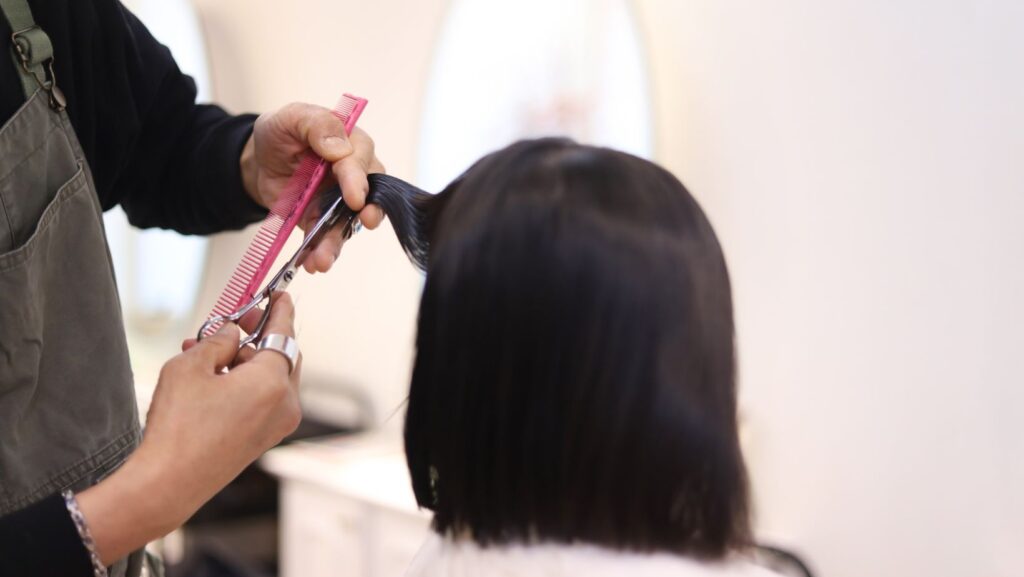Running a beauty salon involves more than just providing services. Daily tasks like booking appointments, managing supplies, and handling payments can take up valuable time and energy. Automation helps simplify these responsibilities so staff can focus more on clients and less on repetitive tasks.
Technology now offers practical tools that streamline operations without removing the personal touch that clients expect. From scheduling to communication, automation creates smoother processes that save time and reduce mistakes. This article explores simple ways to bring these tools into a salon and make everyday operations easier.
- Online Appointment Scheduling to reduce manual booking errors
Manual scheduling often leads to double bookings, missed slots, or confusion at the front desk. An online appointment system reduces these mistakes by giving clients direct access to available times. This creates a smoother process for both staff and customers.

Automated scheduling also saves staff from constant phone calls and handwritten notes. Instead, the system updates in real time, so everyone sees the same calendar without overlap. This helps salons keep their daily flow organized.
Features like reminders and notifications further cut down on no-shows. Clients receive updates without staff needing to follow up manually. As a result, the salon spends less time correcting errors and more time serving customers.
Tools such as Time Tailor connect scheduling with a free salon website. This allows salons to display services online while letting clients book directly. The combination of online presence and automated booking makes the process simpler and more accurate.
- AI-Powered Customer Follow-Ups for personalized communication
AI tools can help salons stay connected with clients after appointments. Instead of sending generic reminders, the system can create messages based on client history, such as a thank-you note or a suggestion for a future service. This saves staff time while keeping communication consistent.
Personalized follow-ups also make clients feel valued. For example, a client who booked a haircut may receive a reminder about color touch-ups a few weeks later. These small touches encourage repeat visits and build stronger relationships.
Automation also helps salons reach clients at the right moment. AI can analyze booking patterns and suggest the best time to send a message. As a result, clients are more likely to respond and schedule their next appointment.
In addition, automated follow-ups reduce the chance of missed opportunities. Staff no longer need to track every client manually, which allows them to focus on providing quality service in the salon. This balance of efficiency and personalization benefits both staff and clients.
- Inventory Management Automation to track and reorder supplies
Beauty salons use a wide range of products every day, from shampoos and conditioners to hair color and styling tools. Manual tracking often leads to errors or missed items. Automated inventory systems help staff see stock levels in real time and avoid shortages.
These systems use barcodes or RFID tags to record product use as it happens. As a result, salon owners gain accurate data on which items move quickly and which remain on shelves. This insight supports better purchasing decisions and reduces waste.
Automation also sets reorder points for key products. Once supplies fall below a set level, the system can alert staff or even place an order automatically. This keeps shelves stocked without constant manual checks.
By using automation, salons save time and reduce the chance of running out of important items during busy hours. The process also creates consistency across multiple locations, which helps maintain smooth daily operations.
- Automated Marketing Campaigns targeting client retention
Salons can use automated campaigns to stay connected with clients after their visits. A simple follow-up message or reminder about upcoming appointments helps clients feel valued and encourages repeat bookings. This steady contact reduces the chance of clients forgetting about the salon.
Personalized offers based on past services or purchase history can also increase loyalty. For example, a client who often books hair coloring may receive a discount for a future session. These targeted messages show attention to individual preferences and keep clients interested.
Automation tools can schedule seasonal promotions or birthday greetings without extra effort from staff. As a result, the salon maintains regular communication while saving time. This consistent approach builds stronger relationships and supports long-term retention.
In addition, automated surveys after appointments can gather quick feedback. The salon then identifies areas for improvement and acts on them. Clients see that their opinions matter, which helps strengthen trust and encourages them to return.
- Digital Payment Processing for faster, contactless transactions
Digital payment systems help salons move past slow cash handling and manual card entry. Customers can tap a card, phone, or smartwatch, which speeds up checkout and reduces lines at the counter. This creates a smoother flow, especially during busy hours.
Automation also reduces errors in transaction records. Payments feed directly into the salon’s system, so staff no longer need to spend extra time balancing totals at the end of the day. This saves effort and limits mistakes in reporting.
Contactless payment methods also improve safety and convenience. Customers avoid handing over cards or cash, while employees can focus on service instead of handling transactions. This approach supports a cleaner and more efficient environment.
In addition, digital payment tools provide useful data. Salons can track sales patterns, compare daily totals, and match payments to appointments more easily. This clear view of transactions helps owners make better business decisions without extra paperwork.
Conclusion
Automation helps salons reduce repetitive tasks and create smoother daily operations. By using tools for scheduling, reminders, payments, and client communication, staff can focus more on service quality and customer care.

These methods also support better time management and reduce errors that often come with manual processes. As a result, both employees and clients experience a more organized and efficient environment.
Salons that apply automation in simple, practical ways gain steady improvements in workflow, customer satisfaction, and business growth.




